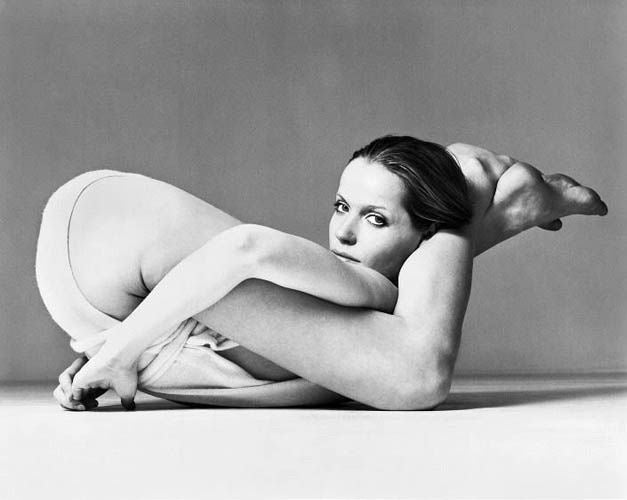What Kind Of Meditation Is Right For You?

In our previous article here, we spoke about the scientific studies that have proven meditation reduces the risk of cancer and disease, but what kind of meditation is right for you? Some people can feel extremely overwhelmed by the thought of meditation and don’t know how to get started. Let’s break down some different types of meditation.
- Zen Meditation- a Buddhist Meditation
This meditation can be practiced sitting on the floor in lotus position or sitting upright on a chair. You focus on your breath and count back from 10 with each inhale.
- Mindfulness Meditation-a Buddhist Meditation
In this meditation, you focus on the present moment. You accept and pay attention to the sensation, feelings, thoughts, and emotions as they arise. This is also done either sitting on the floor or in a chair upright. You can also practice mindfulness in your daily work and activities. It’s about stepping out of “pilot mode” and becoming aware and present in everything we do from daily chores to driving.
- Loving Kindness Meditation- a Buddhist Meditation
This meditation boosts one’s ability to empathize with others, develops positive emotions through compassion, increases acceptance in oneself, and increases your feeling of purpose. To practice this meditation, simply sit in a meditative position with eyes closed.
Then start to generate feelings of love and kindness in your mind and heart. Focus on yourself and then progressively others and all living things. A good order to start includes: oneself, a good friend, a “neutral” person, a difficult person in your life, and finally the entire universe.
- Mantra or OM Meditation- a Hindu Meditation
This one is one of Jena’s favorites. This meditation is practiced by repeating a certain mantra-like OM-to create a vibration either mentally or out loud. This allows the mind to experience a deeper level of awareness. To practice, simply sit with the spine erect or upright and close your eyes. Focus on the vibration of the mantra. The sound or mantra will become abstract and indistinct and this will lead to a field of pure consciousness. This can be practiced for a set time or a set number of times. If doing a count like 108 or 1008, you can use beads to help count. Mantra/OM Meditation might be the one for you if your mind is constantly racing and you find it difficult to focus on your breath.
- Transcendental Meditation (TM)- a Hindu Meditation
Transcendental Meditation or TM is a specific form of Mantra Meditation that was introduced by Maharishi Mahesh Yogi in 1955 in India. In the ’60s and ’70s, it gained popularity because Maharishi was the Guru of celebrities like The Beatles, The Beach Boys, and more. It’s widely practiced with over 5 million practitioners worldwide. Over
600 scientific papers have been published on the benefits of TM. The practice is 15 to 20 minutes long and is done sitting with your eyes closed. TM provides you with a mantra that you repeat over and over in your mind in different rhythms. Let’s say your mantra is PIN. You repeat PIN in your mind thinking of the word slowly, rapidly, in a whisper, and in a shout. The goal is to clear all thoughts from your mind until all that’s left is the mantra. A deep, “transcendental state” can be achieved, but Jena found this to be difficult and was only able to achieve it once.
- Kundalini Meditation
Kundalini is my favorite meditation practice. Kundalini Yoga is a blend of three Yogic practices (Bhakti-devotion and chanting, Raja-mental and physical control, and Shakti- expression of power and energy). Kundalini means “spiritual energy or life force located at the base of
the spine.” This is usually depicted as a snake coiled up. With a daily Kundalini practice, the goal is to “awaken” the snake through the seven chakras from the base to the crown. This is also known as Kundalini Rising.
Kundalini Yoga was brought to the western world by Yogi Bhajan from India in the late 1960s. He often focused on prosperity and emphasized that it starts on the inside. Many Kundalini meditations can bring forth prosperity. Prosperity doesn’t just mean in a material way, but also in a state of being. Usually, wearing white clothing is associated with practicing Kundalini. Yogi Bhajan taught that wearing all white clothing expands our auric radiance by at least one foot, and having a strong aura is very important. Wearing white also makes us more conscious because it takes more mindfulness to keep white clothes clean. The practice of Kundalini consists of tuning in, Kriya, and Mantras. An excellent place to get started can be Ra Ma Tv, Youtube, and Gaia.
- Pranayama
Pranayama is not necessarily meditation, but more of a breathing regulation that can be used to calm and quiet the mind to prepare for meditation. A common way to practice is to count to 4, hold for 4 seconds, breath out for 4 seconds, and then hold empty for 4 seconds. Breath through the nose and stomach.
You can also incorporate different tools like crystals, bells, sound bowls, and more in your daily meditation practice if you’d like. This is just a sample of the many methods there are. Again, the goal is to find the one that helps you be the best version of yourself in this day in age that’s full of noise and stress.
By Jena Covello and Sophia McGrand





